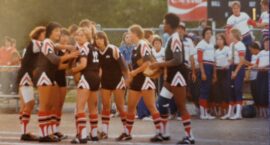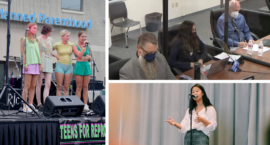For my daughter Gwen Jorgensen, the benefit of Title IX offered not only a gateway to activities. Gwen’s generation grew up with a belief system—a mindset that young women deserve the same as men.
The impact of Title IX presents a stark generational contrast between my daughter and me. Equal opportunity afforded her the chance to pursue sports in elementary school, high school, college and on the world stage. She grew up believing in herself, her talents and her skills.












